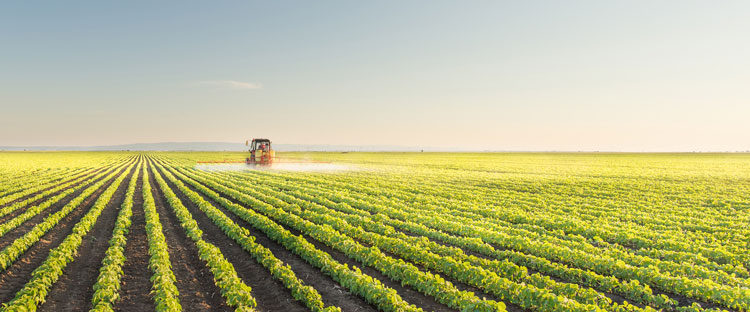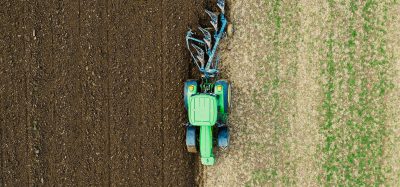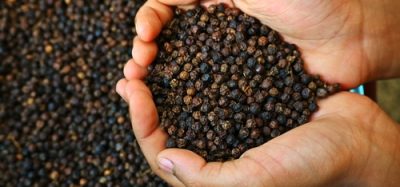FAO publishes guidelines for crop conservation
- Like
- Digg
- Del
- Tumblr
- VKontakte
- Buffer
- Love This
- Odnoklassniki
- Meneame
- Blogger
- Amazon
- Yahoo Mail
- Gmail
- AOL
- Newsvine
- HackerNews
- Evernote
- MySpace
- Mail.ru
- Viadeo
- Line
- Comments
- Yummly
- SMS
- Viber
- Telegram
- Subscribe
- Skype
- Facebook Messenger
- Kakao
- LiveJournal
- Yammer
- Edgar
- Fintel
- Mix
- Instapaper
- Copy Link
Posted: 22 November 2019 | Sam Mehmet (New Food) | No comments yet
The FAO has published new guidelines to aid countries in developing national plans to conserve critical crop resources.


The Food and Agriculture Organization of the United Nations (FAO) has published new guidelines aimed at assuring crop diversity and farmers’ resilience to plant genetic resource loss.
The Voluntary Guidelines for the Conservation and Sustainable Use of Farmers Varieties/Landraces are designed to be a valuable aid to countries in developing national plans to conserve critical crop resources.
Farmers’ varieties and landraces are populations of a cultivated crop that are often genetically diverse with high local adaptation to the growing environment. They are associated with a set of indigenous knowledge regarding farmers’ practices of seed selection and field management. The dynamic management of farmers’ varieties/landraces, including their exposure to different production regimes, environments, farmers’ selection and seed preservation and exchange systems, are said to maintain a reservoir of continuously evolving genetic variability. They often have preferred agronomic or culinary qualities or relate to locally important cultural values and make an important contribution to food and nutrition security, rural livelihoods, coping with climate change and even human survival.
While landraces often have not undergone formal crop improvement procedures, many adaptive traits of farmers’ varieties and landraces have arisen through repeated grower selection. They are reportedly recognised with local names and closely associated with the traditional uses, knowledge, habits, dialects and celebrations of the people who developed and continue to grow them. Yet vast numbers of these crop types are being lost or abandoned, which is said to pose a risk for future sustainable food systems.
Today’s food systems are characterised by an “ever-increasing uniformity of crops and varieties on farm”, said Bukar Tijani, FAO Assistant Director-General, Agriculture and Consumer Protection Department. Tijani added that “to be sustainable, farmers must grow the most genetically diverse set of crops and varieties that are suited to their agroecologies, production systems and end-users’ preferences.”
Tijani also noted that local varieties/landraces are the main source of benchmarking the testing of other promising new varieties. Such practices, he said, not only support traditional food uses, but also boost resilience and coping power in the face of plant pests and diseases and climate change.
A systematic approach
Recommended actions range from identifying and documenting existing plant genetic resources for agriculture, mapping their actual and potential uses, promoting their retention, and providing farmers and local communities with information and support in relation to their conservation and sustainable use – all in alignment with national contexts and priorities.
The importance of establishing a systematic approach to these on-farm activities has been recognised by international organisations and instruments including the Convention on Biological Diversity, the International Treaty on Plant Genetic Resources for Food and Agriculture, and the Second Global Plan of Action for PGRFA.
Related topics
Related organisations
Food and Agricultural Organization of the United Nations (FAO)









